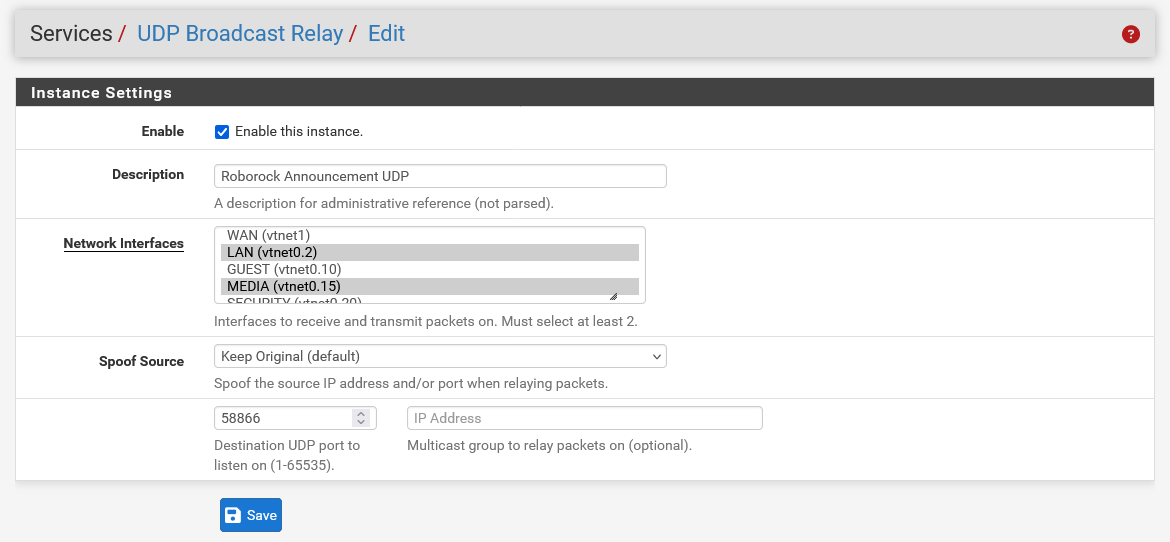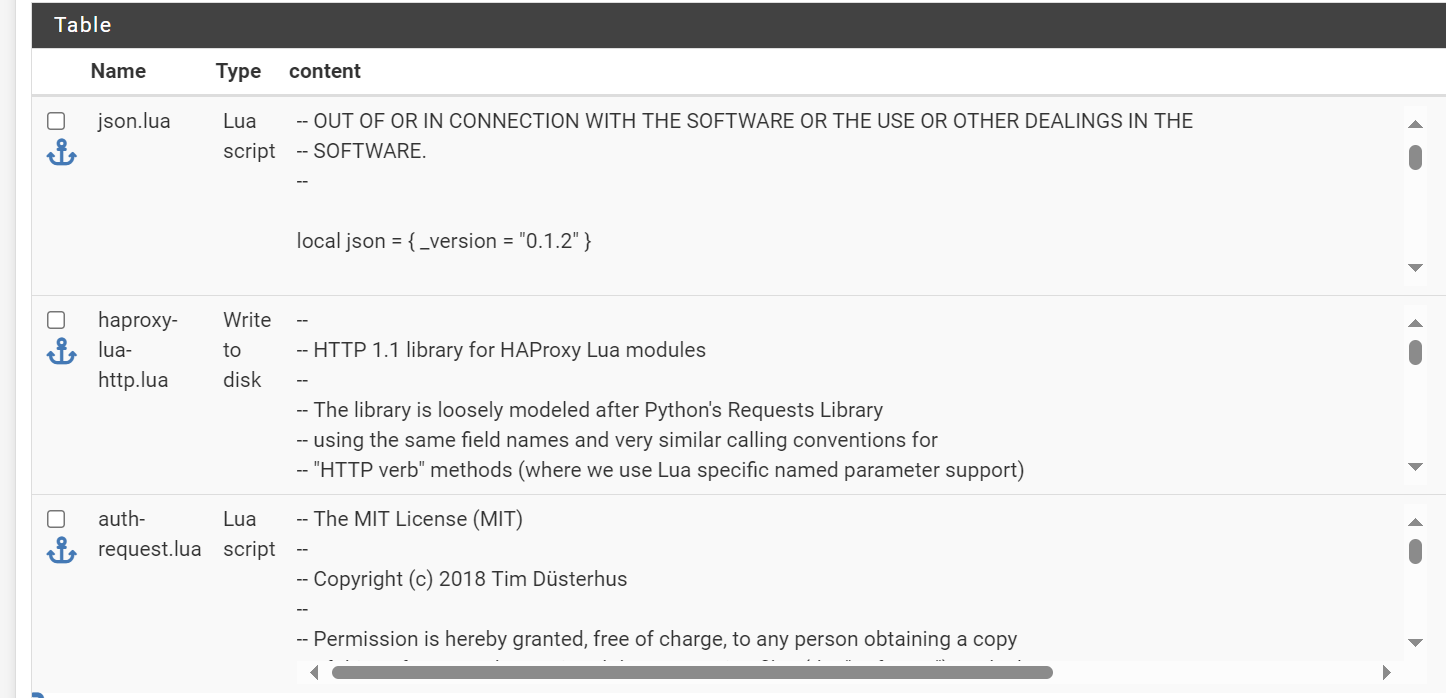@rootCRO said in pfSense 2.8 Installation Fails, and 2.7.2 Cannot Fetch pkg Packages – Repository Unreachable”:
services.netgate.com
Where did you get that "services.netgate.com" host name from ?
Here is the forum that handles the 'install' questions : Home > pfSense Software > Problems Installing or Upgrading pfSense Software.
@rootCRO said in pfSense 2.8 Installation Fails, and 2.7.2 Cannot Fetch pkg Packages – Repository Unreachable”:
I’d really like to know exactly where pfSense pulls its packages from
FreeBSD: { enabled: no }
pfSense-core: {
url: "pkg+https://pfsense-plus-pkg.netgate.com/pfSense_plus-v25_07_1_amd64-core",
mirror_type: "srv",
signature_type: "fingerprints",
fingerprints: "/usr/local/share/pfSense/keys/pkg",
enabled: yes
}
pfSense: {
url: "pkg+https://pfsense-plus-pkg.netgate.com/pfSense_plus-v25_07_1_amd64-pfSense_plus_v25_07_1",
mirror_type: "srv",
signature_type: "fingerprints",
fingerprints: "/usr/local/share/pfSense/keys/pkg",
enabled: yes
}
I'm using pfSense plus.
Be ware : you can't point a web browser to URL like https://pfsense-plus-pkg.netgate.com/pfSense_plus-v25_07_1_amd64-pfSense_plus_v25_07_1, as it is not a web server.

